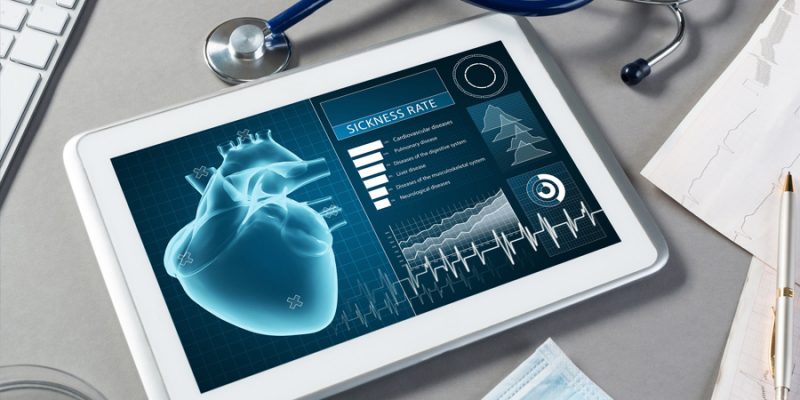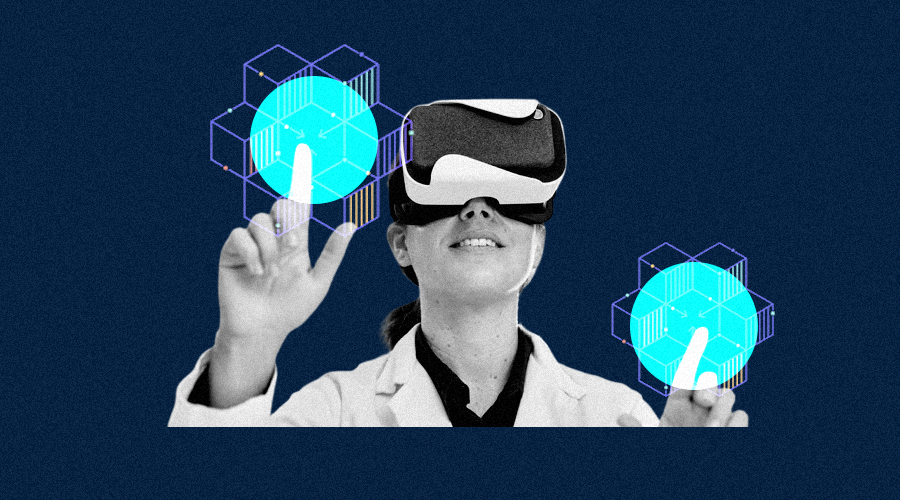
In health care, consumerism and technology carry the objective of holistic wellbeing, which is driven by the quality of care, accessibility, and cost.
Traditional consumerism has three aspects: increased consumption of products and services, the demand for continual consumption, and the preservation of consumer rights, all of which are driven by comfort and lifestyle. In health care, the factors are similar, with the goal of holistic wellness being driven by the quality of care, accessibility, and affordability.
Health care is moving closer to higher consumerism as the flow of healthcare information and data shifts from unidirectional to bidirectional. The emphasis is gradually shifting to being a decision-making stakeholder in one’s own health care journey, including method of healthcare coverage, choice of care provider, accessible treatment choices, customization, flexible payment options, and more. Consumers of health care are using technology and information to become more aware of their options and to make more educated and needed to practice, both within and beyond the clinical setting.
People today, for example, want to be capable of making a consultation with their doctor, view lab testing results, seek treatment, and receive their medicine as easily as they can perform banking transactions with price transparency and have items delivered to them at their preferred location.
Let’s take a closer look at two techniques that are driving healthcare consumerism and predict some intriguing possible use cases in the future:
Wearables
Mobile phones’ pervasiveness (95 percent of Americans own one) has fostered a boom of mobile-enabled health apps in recent times, ranging from patient engagement to monitoring devices and electronic health records (EHRs). However, healthcare consumerism is driven by more than simply mobile applications. Wearables are now being used as advanced diagnostic instruments, allowing for both remote monitoring and customised services. These two factors, when combined, can make customers far more susceptible to behaviour change.
Wearables enable healthcare professionals to intervene when patients want assistance. They do a lot more than merely monitor and measure critical biometrics like blood glucose. Continuous Glucose Monitors (CGMs) are simple, inconspicuous devices that monitor a person’s blood sugar levels and provide feedback or assistance as required, such as in the case of a diabetic. When a woman’s blood sugar is low, the CGM, which is implanted in their body, can detect it and send a notice, text message, or another form of communication to urge people to drink some juice. The CGM can also be linked to insulin injections, which allows diabetics who are temporarily disabled due to low blood glucose to receive an automatic glucose infusion.
Ingestible
Ingestible are what they sound like, and they’re another area where cutting-edge new technologies are converging with healthcare consumerism. The PillCam COLON was authorised by the FDA in 2014. It’s a pill that records photos as it goes through your digestive system. Your doctor then saves these pictures to a computer and uses them to look for indicators of colon cancer or pre-cancer like polyps.
The PillCam COLON is thoughtfully designed with a non-invasive alternative to standard colonoscopies. Although this method isn’t appropriate for every patient or scenario, it is an excellent example of technical innovation aimed towards a consumer-driven healthcare paradigm.
Health-care consumerism has grown as a result of the pandemic
COVID-19 has educated us on the value and benefits of prevention, the necessity of early intervention, and the importance of encouraging health rather than treating illness. This is causing a shift in societal attitudes and expectations, which will have a significant impact on the healthcare industry. Virtual care delivery, including telemedicine, is a key part of this continuous transition, not just in terms of acceptance but also in terms of ubiquity. In comparison to prior generations, 41 percent of Gen Z and 33 percent of millennials prefer virtual health care to in-person treatment, according to an eHealth consumer study. The tastes of these younger generations will determine healthcare.
The increase of consumerism in health care is being fueled by technological advancements
Rapid advancements in wearable tech and connectivity have empowered today’s healthcare customers. Portable micro-sensors, smartwatches, and mobile devices can measure daily steps, sleep patterns, diet, heart rate, heart rate, and other health metrics. As the precision and dependability of these IoT devices improve, they have enormous potential. In a modernised virtual care setting, advanced audio/video technology plays a major role in linking patients and physicians, with seamless interaction with electronic health data (EHRs). Not only will this make care delivery location-independent, but it also lowers the cost of healthcare.
AI chatbots are also making an impact on the healthcare industry. This is because they provide several advantages to today’s consumers, including anonymity, personalisation, real-time replies and solutions, and efficient information collection. Scheduling medical appointments, resolving insurance enquiries, medication renewals, alerts and notifications, data collecting, and more are some of the most prominent areas where chatbots are used in health care. Platforms, and more crucially, how well these technologies interact and interface with one another, allowing free flow of essential data and enabling patient-centric solutions, are key to achieving affordable health care.



















